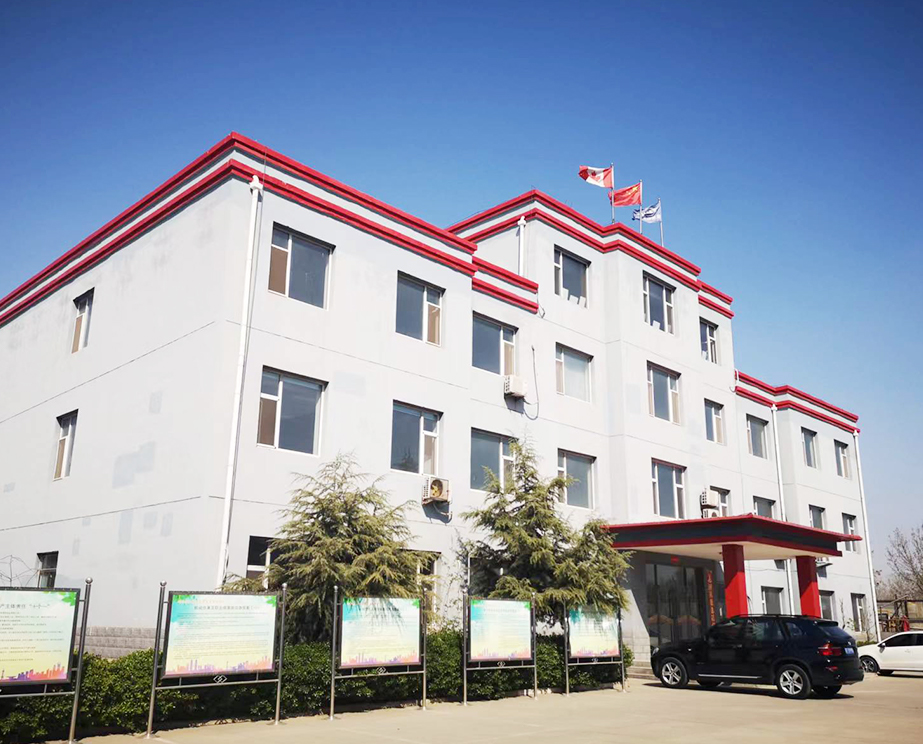- Afrikaans
- Albanian
- Amharic
- Arabic
- Armenian
- Azerbaijani
- Basque
- Belarusian
- Bengali
- Bosnian
- Bulgarian
- Catalan
- Cebuano
- Corsican
- Croatian
- Czech
- Danish
- Dutch
- English
- Esperanto
- Estonian
- Finnish
- French
- Frisian
- Galician
- Georgian
- German
- Greek
- Gujarati
- Haitian Creole
- hausa
- hawaiian
- Hebrew
- Hindi
- Miao
- Hungarian
- Icelandic
- igbo
- Indonesian
- irish
- Italian
- Japanese
- Javanese
- Kannada
- kazakh
- Khmer
- Rwandese
- Korean
- Kurdish
- Kyrgyz
- Lao
- Latin
- Latvian
- Lithuanian
- Luxembourgish
- Macedonian
- Malgashi
- Malay
- Malayalam
- Maltese
- Maori
- Marathi
- Mongolian
- Myanmar
- Nepali
- Norwegian
- Norwegian
- Occitan
- Pashto
- Persian
- Polish
- Portuguese
- Punjabi
- Romanian
- Russian
- Samoan
- Scottish Gaelic
- Serbian
- Sesotho
- Shona
- Sindhi
- Sinhala
- Slovak
- Slovenian
- Somali
- Spanish
- Sundanese
- Swahili
- Swedish
- Tagalog
- Tajik
- Tamil
- Tatar
- Telugu
- Thai
- Turkish
- Turkmen
- Ukrainian
- Urdu
- Uighur
- Uzbek
- Vietnamese
- Welsh
- Bantu
- Yiddish
- Yoruba
- Zulu
Optimization Strategies for Tubing Coupling Design and Performance Enhancement Techniques
Coupling for Tubing A Comprehensive Overview
In the world of oil and gas extraction, the integrity of the tubing is paramount. Tubing serves as the conduit for oil and gas to flow from the reservoir to the surface and eventually to processing facilities. One of the critical components that ensure the reliability and efficiency of tubing systems is the coupling. This article provides an in-depth look at tubing couplings, their significance, types, and considerations for selection and installation.
What is a Tubing Coupling?
A coupling in the context of tubing refers to a mechanical device used to connect two pieces of tubing together. It allows for the extension of the tubing, making it possible to reach deeper reservoirs or to replace sections that may have become damaged over time. Couplings play a vital role in maintaining the structural integrity of the entire system and ensuring a secure seal to prevent leaks.
Types of Tubing Couplings
There are several types of tubing couplings, each designed for specific applications and environments. Here are the most commonly used types
1. Threaded Couplings These couplings utilize a threaded connection, allowing for easy assembly and disassembly. Threaded couplings are widely used due to their simplicity and effectiveness in creating a secure joint. However, they require careful alignment and can be susceptible to thread wear over time.
2. Welded Couplings For applications requiring high strength and durability, welded couplings are an excellent choice. The coupling is permanently attached to the tubing via welding, providing a robust joint that can withstand high pressure and harsh environments. However, the installation requires specialized skills and equipment.
3. Flanged Couplings These couplings feature raised flanges with bolting connections, allowing for easy access for maintenance. Flanged couplings are typically used in large diameter piping where frequent disassembly may be necessary.
4. Slip-on Couplings Slip-on couplings are designed to slide over the ends of the tubing sections, and they are secured with welding or other fastening methods. This type is easier to install but may not provide the same level of security as threaded or welded options.
5. Compression Couplings These utilize a compression sleeve to create a seal between the ends of two tubing segments. Compression couplings are often used in systems requiring frequent changes or maintenance, as they provide a quick and secure connection.
Importance of Coupling in Tubing Systems
coupling for tubing

The importance of coupling in tubing systems cannot be overstated
. Here are several reasons why couplings are integral to functionality- Pressure Maintenance Tubing systems often operate under high pressure, and couplings must be able to maintain this pressure to prevent leaks. A weak coupling can lead to catastrophic failures and significant financial losses.
- Flexibility and Adaptability Couplings enable quick adjustments to tubing configurations, allowing operators to adapt to changing reservoir conditions or to repair damaged sections without the need for extensive downtime.
- Cost-Efficiency Properly selected and installed couplings reduce the likelihood of failures and leakages, ultimately saving on maintenance costs and increasing overall efficiency.
Considerations for Selecting Couplings
When selecting the appropriate coupling for tubing systems, several factors should be taken into account
- Material Compatibility The coupling material should be compatible with the tubing and the substances being transported. This is crucial to avoid corrosion.
- Pressure Rating Ensure that the coupling’s pressure rating meets or exceeds the operational demands of the system.
- Environmental Conditions Evaluate the environmental conditions in which the tubing will operate, including factors like temperature fluctuations and exposure to chemicals.
- Installation Requirements Consider the installation process and whether specialized equipment or expertise is needed.
Conclusion
In conclusion, couplings play a vital role in the integrity and performance of tubing systems in oil and gas applications. Understanding the various types of couplings and the factors influencing their selection is essential for ensuring efficient operations and reducing the risk of failure. By investing time in choosing the right coupling, operators can enhance the safety, reliability, and productivity of their tubing systems. As the industry continues to evolve, innovations in coupling technology will undoubtedly shape the future of tubing applications.
-
Tubing Pup Joints: Essential Components for Oil and Gas OperationsNewsJul.10,2025
-
Pup Joints: Essential Components for Reliable Drilling OperationsNewsJul.10,2025
-
Pipe Couplings: Connecting Your World EfficientlyNewsJul.10,2025
-
Mastering Oilfield Operations with Quality Tubing and CasingNewsJul.10,2025
-
High-Quality Casing Couplings for Every NeedNewsJul.10,2025
-
Boost Your Drilling Efficiency with Premium Crossover Tools & Seating NipplesNewsJul.10,2025







